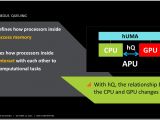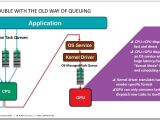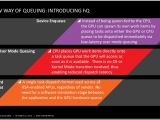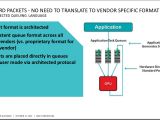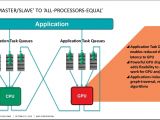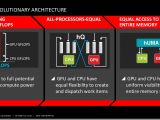AMD, Intel and NVIDIA all have something to offer the computing industry, and while Intel and NVIDIA are almost diametrically opposed, AMD can place itself right in the middle if its latest bet pays off.
AMD has been talking about the concept of Heterogenous Systems Architecture for quite a while now, but it hasn't managed to push through its ideas yet.
It has the backing of many companies though, and now it has a new technology to introduce: hUMA.
The acronym stands for Heterogeneous Uniform Memory Access (hUMA) and consists of a new type of process queuing called hQ (heterogeneous queuing).
In AMD's own words, hUMA defines how the central processing and graphics processing units in an APU interact with each other to handle computational tasks.
In the normal way of queuing, a CPU carries out operations easily enough, but when it comes to dispatching tasks to the GPU, an OS service has to be used.
The command passes through an OS service, then the Kernel driver through an OS-managed task queue, before finally reaching the GPU. This causes lag, and cripples the theoretical ability of GPU to carry out colossal amounts of parallel number crunching tasks at hardware level.
In the new way of queuing, the GPU can spawn its own work items by placing tasks onto either the GPU or CPU queue to be dispatched immediately via low-latency user mode queuing. In Device Queuing at least. There are two other modes.
One: User Mode Queuing, where the CPU places GPU work items directly onto a task queue that the GPU will access as soon as it is available (now OS or Kernel Mode transition involved, thus).
Two: Standard Packet Format, a single task dispatch format used across all HSA-enabled APUs, regardless of vendor. There is no need for a software translation stage between the application and the GPU hardware queue.
In other words, only hardware queues are used, bringing benefits in performance, power, portability and programmability. And the GPU doesn't need to wait for the CPU to send it data, or have to cope with being limited in how much data it can access at any time.
With HSA, maybe the full power of APUs will finally be harnessed. Or at least this is what AMD hopes.
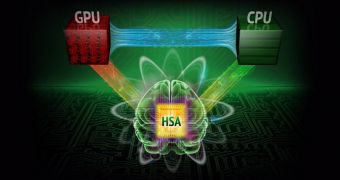
 14 DAY TRIAL //
14 DAY TRIAL // 
